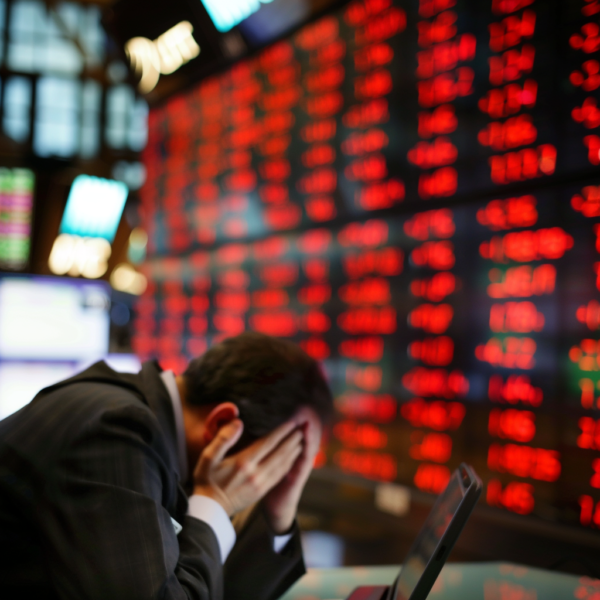What Triggers a Stock Market Trading Halt?
If you’ve been paying attention to financial news, you’re likely aware of the recent trading halt. All trading on the New York Stock Exchange (NYSE) halted for 15 minutes.
This gave investors a chance to cool off and get their bearings. And it was one of several recent stock market trading halts. So a trading halt may be a new concept for beginning investors.
Trading halts don’t happen often. And when they do, it’s usually not for a good reason. Here’s everything you need to know about a trading halt and what causes one to occur.

What Triggers a Trading Halt?
First, what is a trading halt? It’s a complete stoppage of trading. This usually affects an entire stock exchange or exchanges. However, halts are sometimes specific to one security.
Halts anticipate something major that will greatly change the movement of the stock price. This prevents investors from trading on impulse. Most often, it’s used as a stopgap measure to stop the sharp decline of an index or particular security.
No matter the reason behind the stoppage, trading halts give investors time to process information. It can also help stop panic and enforce fair trading in situations where there’s likely to be large demand to buy or sell. Trading almost always resumes after a short period of time.
A History of Stock Market Circuit Breakers
In times of economic turbulence, stock market halts aren’t unheard of. In fact, there’s a trading halt history that dates back to the late 1980s.
After Black Monday (October 19, 1987) — when the Dow dropped a whopping 22% in one day — market halts were adopted. Nicknamed “circuit breakers,” these halts trigger at specific levels of decline. They prevent panic selling that might lead to the same type of catastrophic crash as Black Monday.
Circuit Breaker Levels Explained
Today, the market can never lose more than 20% of its value in a single day thanks to the circuit breakers. How a trading halt works is simple. There are three circuit breaker levels to control panic-selling:
- Level 1: Trading halts for 15 minutes when the value of the S&P 500 falls 7% from the previous day closing level.
- Level 2: Trading halts for 15 minutes when the value of the S&P 500 falls 13% from the previous day closing level.
- Level 3: Trading closes for the day when the value of the S&P 500 falls 20% from the previous day closing level.
Stock trading moves at a rapid pace. Giving investors 15 minutes to cool off is often enough to stop the proverbial bleeding of a market in decline. If things are dire enough to trigger the third-level breaker, suspending trading for the day can be an economy-saving move.
Why Halt Trading?
Ultimately, trading halts stop a bad situation from getting much worse. Look back through history at the other times trading halts have occurred and why. Keep in mind, the circuit breakers only existed after 1987:
- October 17, 1997: The NYSE and Nasdaq exchanges both closed for the day on declines.
- September 17, 2001: After a week-long halt following 9/11, markets opened to a 7% selloff.
- December 1, 2008: In the middle of the Great Recession, sell-offs triggered a market closure.
- July 8, 2015: A technical glitch on the NYSE halted trading for several hours.
Most recently, the circuit breakers flipped on March 9, 12 and 16, 2020. These halts followed unprecedented factors. This included a sharp devaluation in oil prices, concern over the COVID-19 pandemic and declining interest rates on Treasurys. On both days, the stoppage helped prevent a massive economic downturn. Market declines never reached the Level 2 breaker.
A trading halt – for 15 minutes or for the rest of the day — gives regulators an important level of control over markets. It’s a smart way to avoid a market in free fall. And it allows investors to think rationally about their position before locking in losses.





